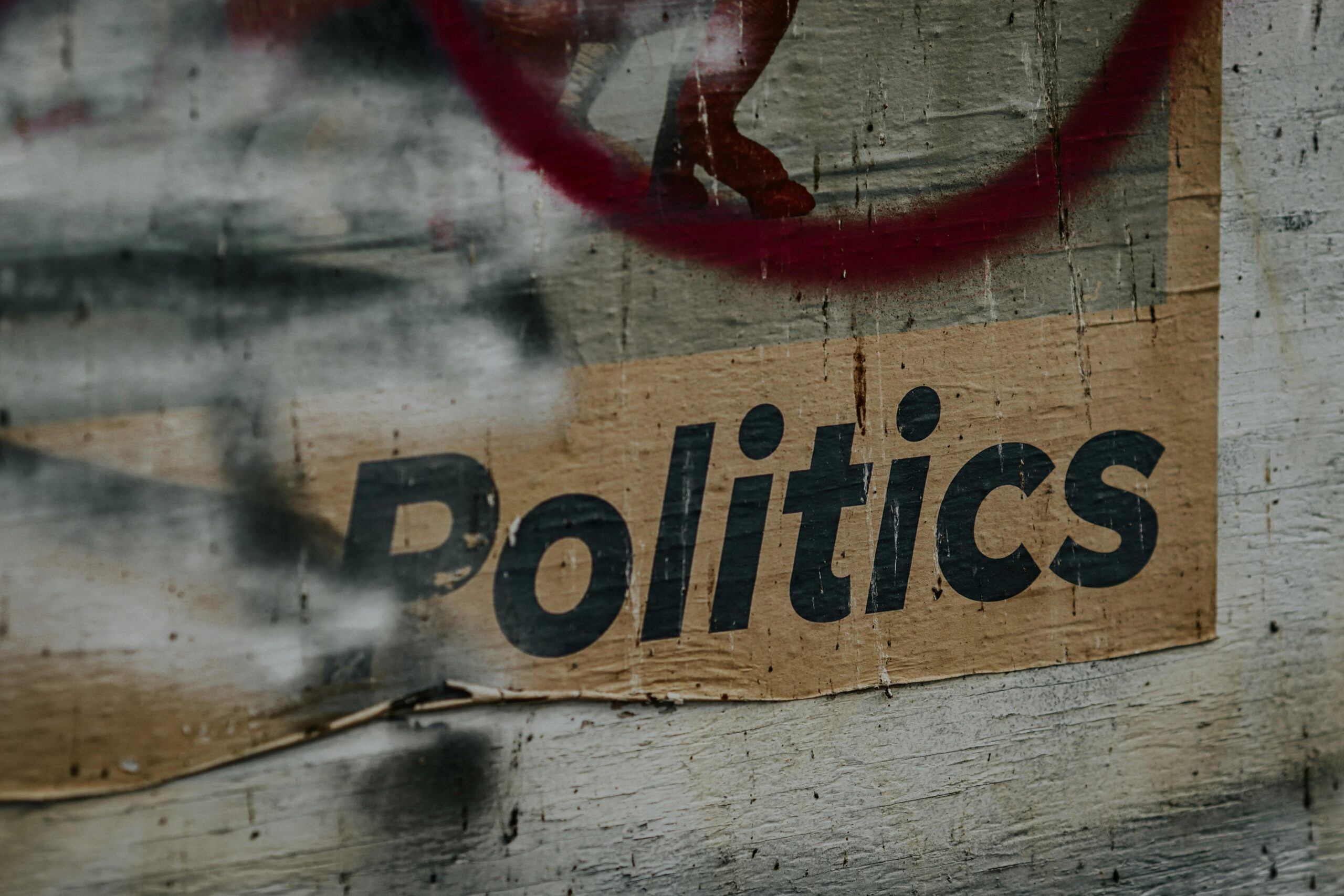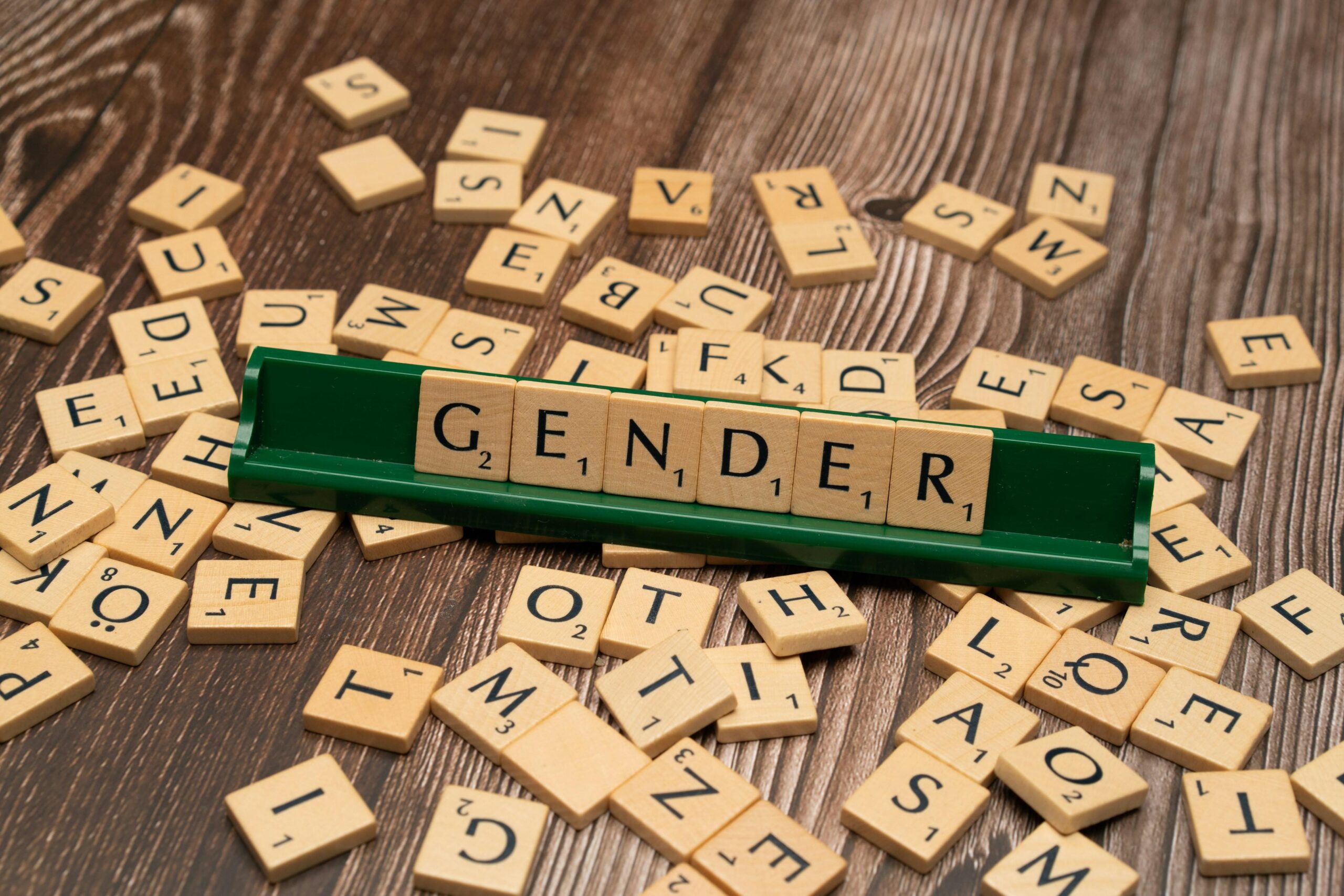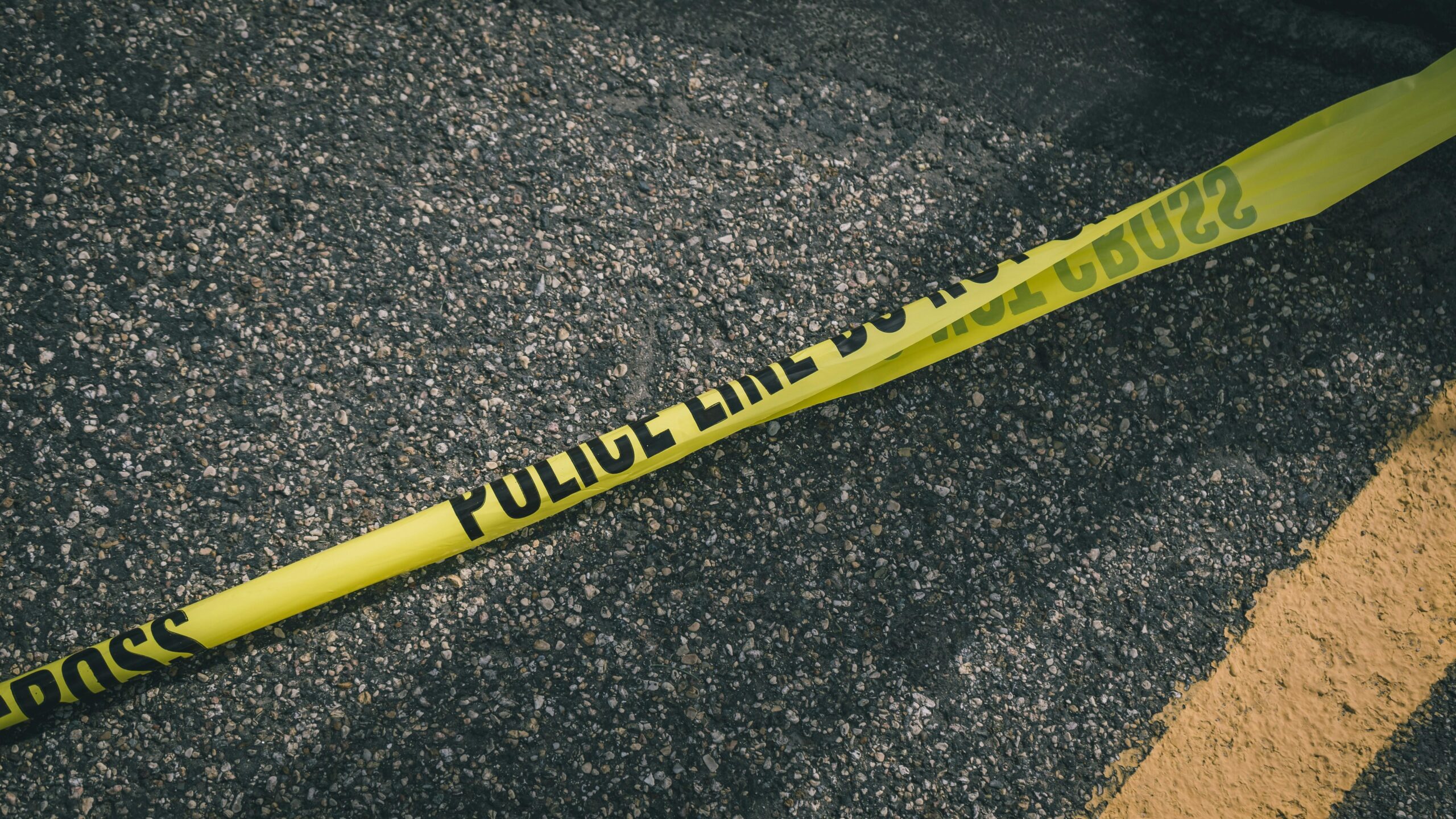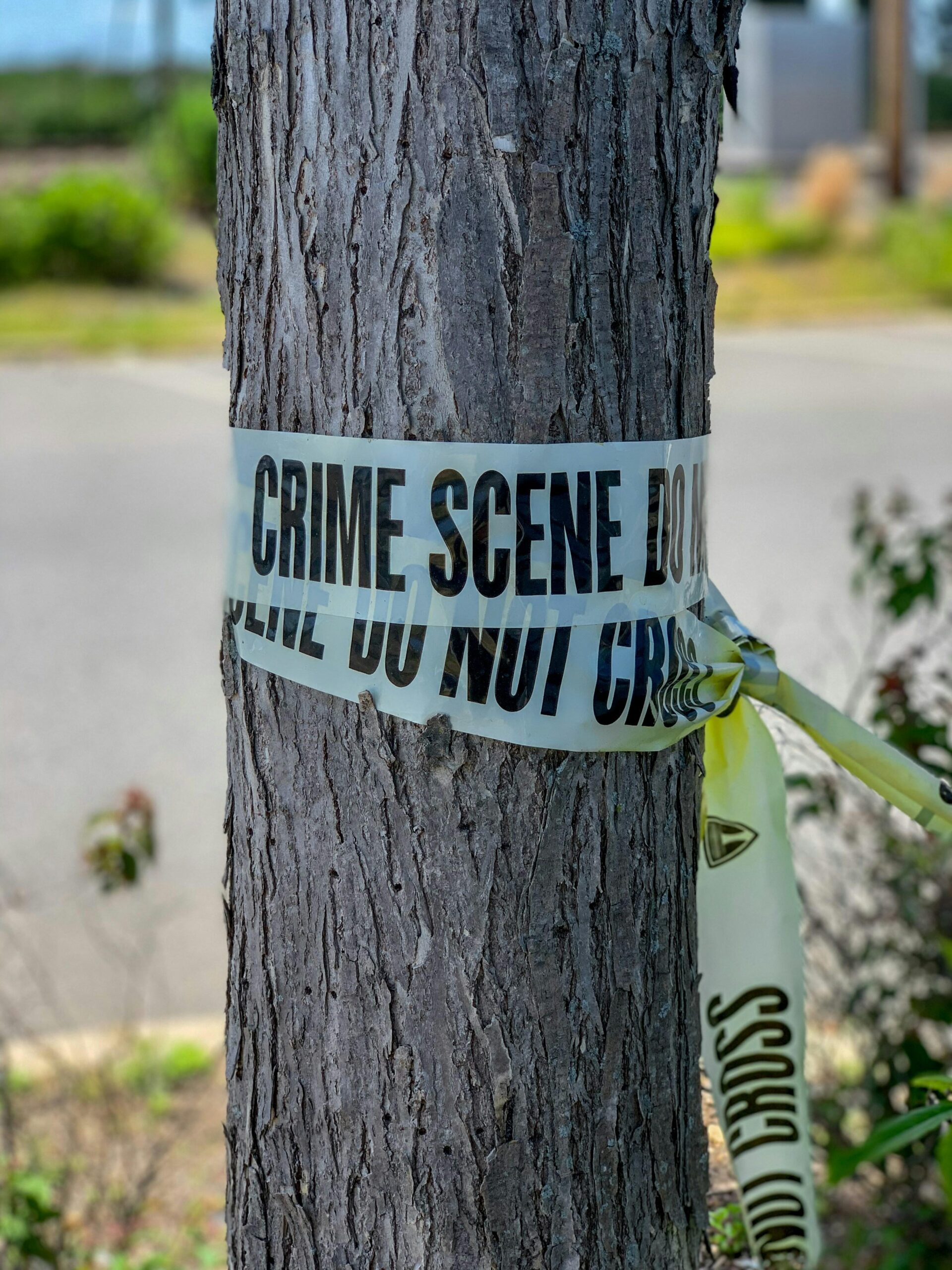When a criminal case unfolds in real time, the media holds a powerful lens on the drama — shaping public opinion, influencing justice, and sometimes treading on very delicate ethical ground. How do journalists balance the race to break news with the responsibility to report fairly and accurately? What lines should not be crossed when people’s lives and reputations hang in the balance? In this article, we’ll explore the fascinating, often challenging world of ethics in reporting ongoing criminal cases. Let’s dive into the questions that keep reporters—and readers—thinking twice before hitting “publish.”
Table of Contents
- Understanding the Fine Line Between Public Interest and Privacy
- Balancing Transparency with Fair Trial Rights
- Avoiding Sensationalism While Reporting Sensitive Details
- Practical Tips for Responsible Journalism in Live Criminal Cases
- The Conclusion
Understanding the Fine Line Between Public Interest and Privacy
In the delicate world of criminal reporting, journalists frequently grapple with decisions on what to reveal and what to withhold. Striking this balance requires understanding that while the public deserves transparency, the individual’s right to privacy must not be trampled. Oversharing sensitive details can inadvertently compromise ongoing investigations or unfairly sway public opinion before a verdict is reached. It’s essential for reporters to ask themselves: Does this piece of information serve the public’s right to know, or is it merely sensationalism cloaked as news?
Ethical reporting in these cases often hinges on several key considerations:
- Timing: Publishing information too early might taint jury pools or jeopardize legal proceedings.
- Relevance: Is the detail directly connected to the case’s core facts, or does it merely exploit personal histories?
- Respect for Victims: Protecting the identities and dignity of victims and their families.
- Legal Boundaries: Navigating laws regarding defamation, contempt, and privacy rights.
Recognizing these nuances encourages responsible journalism that honors both societal interest and individual dignity, fostering trust and integrity in reporting.
Balancing Transparency with Fair Trial Rights
Journalists face a delicate tightrope when disclosing information about ongoing criminal cases. On one hand, the public demands clear, comprehensive updates to foster trust and accountability in the justice system. Yet, premature or detailed revelations risk prejudicing court proceedings, infringing on the accused’s right to a fair trial. Striking this balance requires a nuanced understanding of legal boundaries and ethical responsibilities, where withholding certain facts temporarily can serve justice more faithfully than immediate, full disclosure.
Effective reporting in this arena often involves:
- Verifying facts meticulously to avoid the spread of misinformation that could sway public opinion unfairly.
- Framing stories with impartial language to maintain objectivity and respect the presumption of innocence.
- Consulting legal experts to gauge which details can ethically be shared without compromising judicial integrity.
These practices not only protect the integrity of criminal proceedings but also reinforce the journalist’s role as a responsible informer, balancing transparency with the very pillars of justice.
Avoiding Sensationalism While Reporting Sensitive Details
In the fast-paced world of news reporting, especially concerning criminal cases, it’s tempting to amplify details that grab immediate attention. However, responsible journalism demands restraint to prevent turning sensitive facts into sensationalist fodder. Highlighting the humanity behind the headlines means journalists should avoid graphic descriptions or exaggerated narratives that might distort public perception or cause undue distress to victims and their families. Sensitive details, when handled with care, provide context without sacrificing dignity or respect.
Some practical ways to maintain ethical integrity include:
- Prioritizing accuracy over shock value by verifying facts through multiple reliable sources.
- Using neutral language that informs rather than provokes emotional reactions.
- Being mindful of the timing and placement of sensitive content in reports.
- Respecting the privacy and feelings of those directly affected by the crime.
Ultimately, a responsible approach fosters public trust while allowing the audience to engage thoughtfully with often complex and difficult issues.
Practical Tips for Responsible Journalism in Live Criminal Cases
When reporting on live criminal cases, journalists face the challenge of balancing public interest with ethical responsibility. It’s crucial to verify facts before publication, especially when details are rapidly unfolding. Relying on official sources and cross-checking information minimizes the risk of disseminating misinformation. Additionally, maintaining the presumption of innocence throughout your coverage respects legal principles and protects individuals from premature judgment. Consider the implications of every word, photograph, or video shared — a single sensational headline can irreversibly affect reputations and judicial outcomes.
Transparency and sensitivity are equally vital. Use language that avoids bias or sensationalism, and be mindful of victims’ and suspects’ privacy rights. Here are some practical steps to follow:
- Limit graphic content: Avoid explicit visuals that might distress or influence public opinion unfairly.
- Provide context: Clarify the status of investigations and caution against assumptions.
- Respect confidentiality: Do not reveal identities prematurely unless legally cleared.
- Engage with legal counsel: Ensure compliance with defamation and privacy laws.
These approaches foster responsible storytelling that informs without compromising the integrity of the justice process.
The Conclusion
As we continue to navigate the complex landscape of reporting ongoing criminal cases, one thing remains clear: ethics aren’t just guidelines—they’re the compass that helps journalists balance the public’s right to know with the rights of the individuals involved. The next time a breaking story unfolds, take a moment to think about the unseen challenges reporters face behind the headlines. How do they decide what to share and when? How do they stay fair without sacrificing the urgency of the news? In an era where information travels fast and opinions form even faster, staying curious about these ethical crossroads can deepen our understanding of the media we consume—and maybe inspire us to ask better questions along the way.












